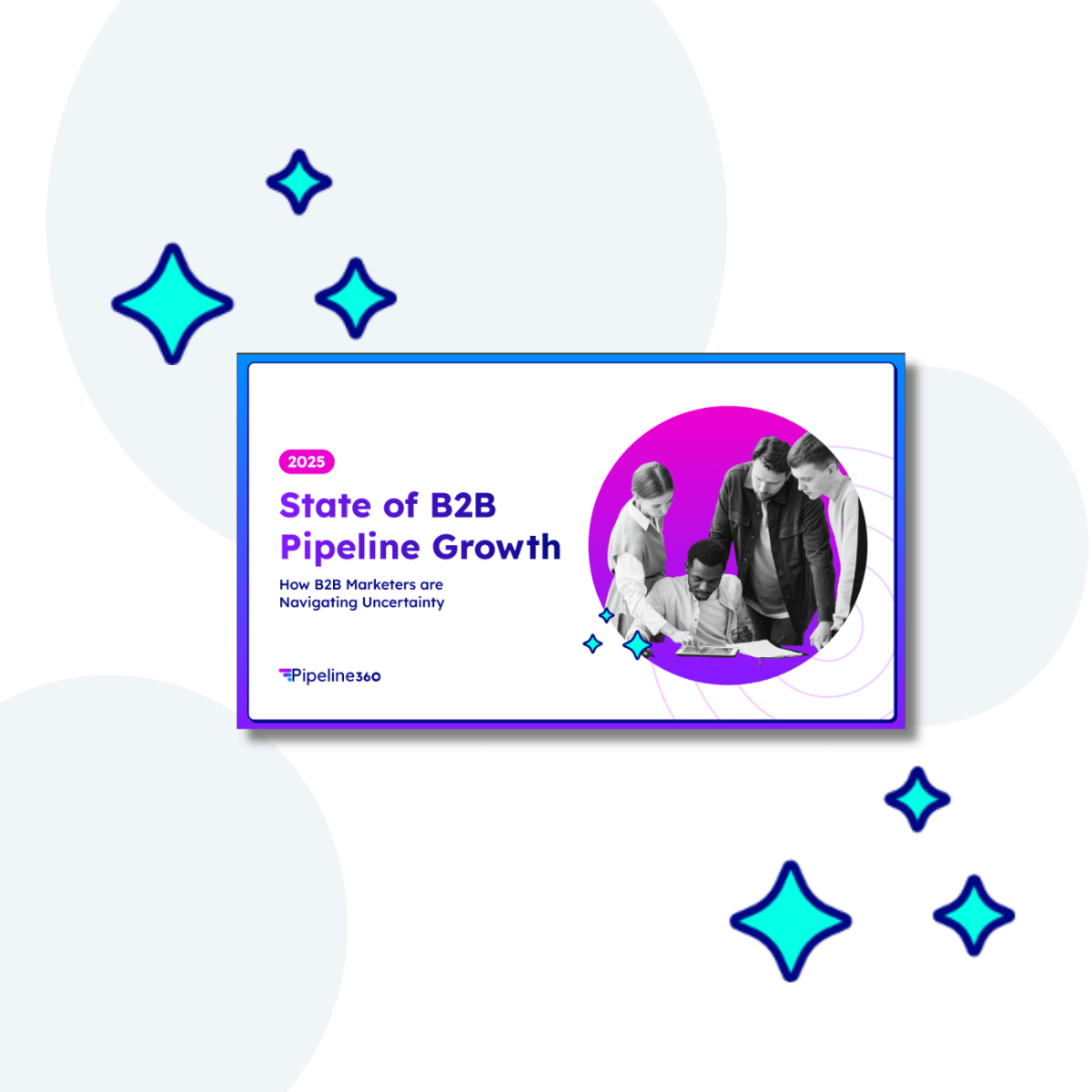US marketers are the most confident in the world when it comes to lead nurturing. But there’s plenty of room for improvement. Research reveals that just 15% rate it “excellent,” versus 13% of their EMEA peers and 8% in APAC. There are many reasons for this under-performance. But among the deepest rooted is sales and marketing misalignment.
When these teams truly collaborate around shared goals and metrics the results can be game changing—better quality leads, more conversions and faster revenue growth. To get there, change must come from the top down.
Then and now
Despite their relative confidence, the truth is that nearly half (47%) of US marketers report “some, limited, or no” progress on their goals. Around the same share recognize that there’s a problem with misalignment and admit that rectifying it would help their lead nurturing. This comes at a time of great upheaval in the industry—as buyer journeys grow in complexity, sales cycles lengthen, and audiences get harder to reach.
Today’s B2B buying teams are digital-first. They conduct most of their research online, comparing vendors and collating input from multiple stakeholders—many of whom may be conducting and sharing parallel research and evaluation. That’s before they even reach out to sales. Adding further complexity is the new reality of buying groups that may feature up to 20 individuals, with sales cycles stretching several months into the future.
Prospects might therefore remain in-funnel for extended periods of time, advancing a little, falling off and resurfacing numerous times. It’s a world away from the simple, linear funnels of the past. What this means is that straightforward handoffs between marketing and sales are no longer fit for purpose. Instead, teams must work towards collaborative ownership of the entire customer journey.
Friction burn
Unfortunately, this isn’t happening in all or even most organizations. There’s a 51-percentage point gap between high performing marketing teams who say they have strong alignment (75%) and their low performing peers. The biggest drop-off points tend to be in late-funnel stages where alignment is so important: closing deals and retention, and qualifying and nurturing leads. It’s proof, if any were needed, of the gulf between the non-linear way B2B buyers progress through the sales funnel today, and how sales and marketing are structured.
At the core of this disconnect is the fact that sales and marketing teams frequently use different metrics to measure success. Sales may be laser-focused on revenue and deal closure while marketing looks to lead volume and brand awareness. And in many organizations, the two teams operate in communication silos. We found that 63% of marketing teams have no formal process for gathering information from sales for critical buyer identification. This misalignment is amplified by the fact that many are using isolated tools with no real-time data sharing.
A commitment to collaboration
For inspiration, B2B marketers instead need to look at their high-performing peers—where CROs and CMOs make it their job to optimize alignment. That means shared, lower-funnel KPIs that matter to both teams, such as lead quality, conversion rates and revenue growth. Focusing on revenue impact as the primary measure of success is something both sides can coalesce around. And improved communication, including regular meetings and feedback sessions, will help to spot misalignment early on and drive continuous improvement.
Collaborative processes for account targeting, account penetration and engagement, and individual buyer identification will also help. As will a focus on lead quality rather than quantity. This is where sales teams can provide important feedback to help their marketing colleagues refine and improve their efforts.
Unleashing the power of alignment
Once both teams are working seamlessly in this way, they can accelerate growth by leveraging the power of Branded Demand, which brings brand and demand together into one connected strategy. This approach to demand generation delivers content syndication alongside simultaneous display advertising, to raise brand awareness and generate demand at the same time. It means that, when sales steps in, prospects are already familiar with the brand and therefore more likely to buy. It’s a full-funnel approach that focuses on fewer, higher quality prospects, while recognizing the complexity of the modern buyer journey and longer sales cycles.
Sales-marketing alignment should be table stakes for today’s growth-led businesses. As research shows, most that have achieved this reach buying groups effectively, are satisfied with the quantity and quality of leads, and meet their goals. With Branded Demand, they can amplify these wins to take a seat at the top table of high performing teams.




